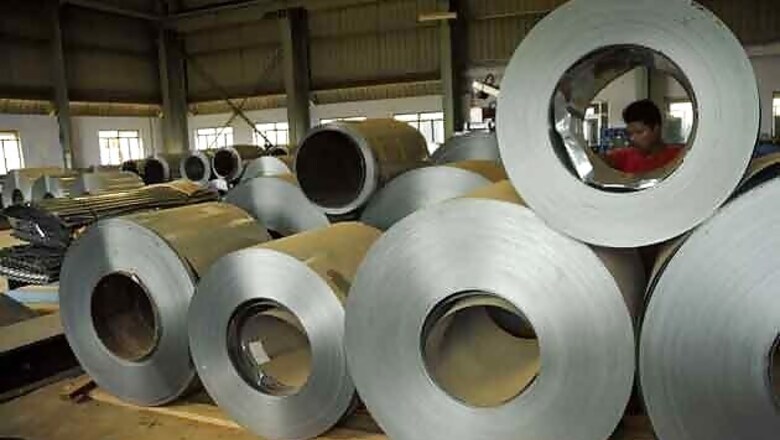
views
New Delhi: Languishing long over a chronic low demand, steel makers lauded the Rail Budget hoping their deliveries would pick up as government plans to spend Rs 8.5 lakh crore over the next five years on capacity building.
Though there has been a marginal 0.8 per cent hike in the freight rate which translates into Rs 11.50 per tonne of iron and steel transportation, some said it would have a marginal impact while others opined it could have actually been brought down since diesel prices are ruling low now.
Describing the Rail Budget as "indeed-growth oriented", SAIL Chairman CS Verma said it laid down a clear road map for next five years with a proposed investment of Rs 8.5 lakh crore.
"Thrust on capacity augmentation for railways including up-gradation of network, increasing of track capacity, gauge conversion and track doubling and tripling would lead to an improved steel consumption, which we welcome," he said.
India's steel consumption grew by just 0.6 per cent in the 2013-14 fiscal, its lowest in four years, to 73.93 million tonnes (MT). During the April-December period of the current fiscal, it grew by a mere 1.4 per cent, largely because of the slower expansion of the economy.
A private sector steel maker also hailed the proposal of staggering investment in various areas such as network expansion and decongestion, rolling stock and high-speed rail and elevated corridor, saying it would spur demand for steel.
"The tariff rate hike will have a very marginal impact on us. The key takeaway is the proposed investment which will have a far-reaching impact on domestic steel consumption. You will need steel everywhere," said spokesperson of a leading steel firm. Another steelmaker echoed the view.
However, a section of them felt little disappointed on the Railways Minister Suresh Prabhu not bringing down freight rates despite lower diesel prices being witnessed currently. Following the hike, freight on iron and steel would go up to Rs 1,390.50 a tonne from 1,379 per tonne now.
Steel makers also said the increase in annual freight capacity, improved speed for freight traffic and increasing load on freight lines would lead to quicker and cost effective goods movement, which is vital for the industry.

















Comments
0 comment